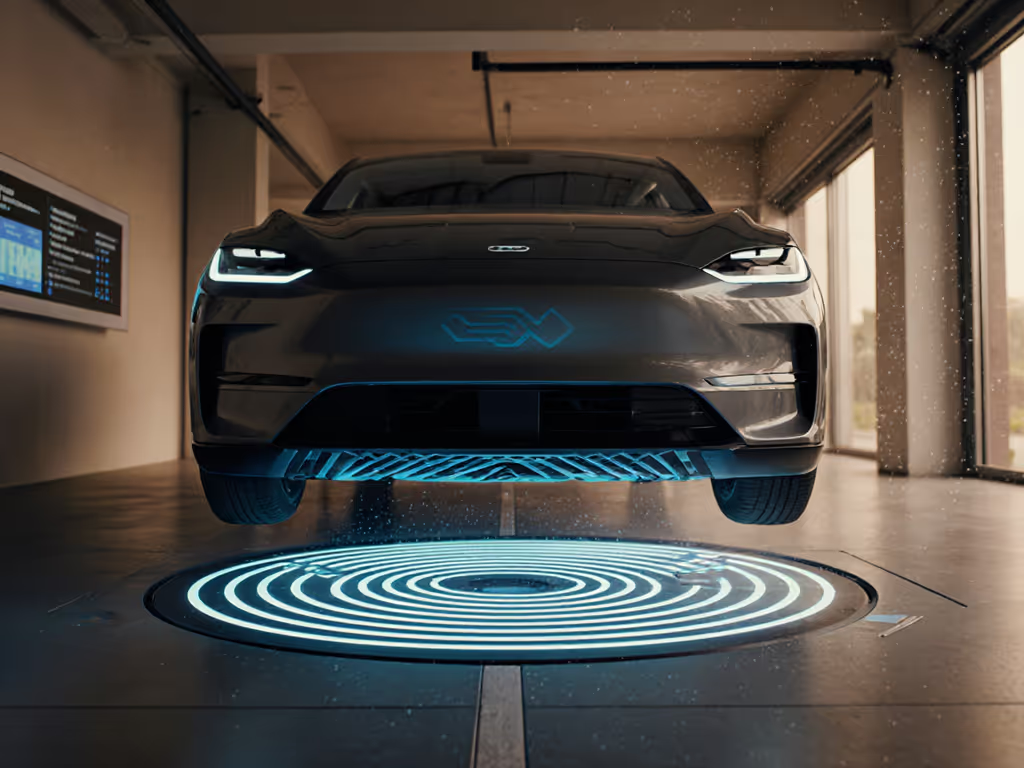
Medical Wireless Charging Safety for Implantable Devices
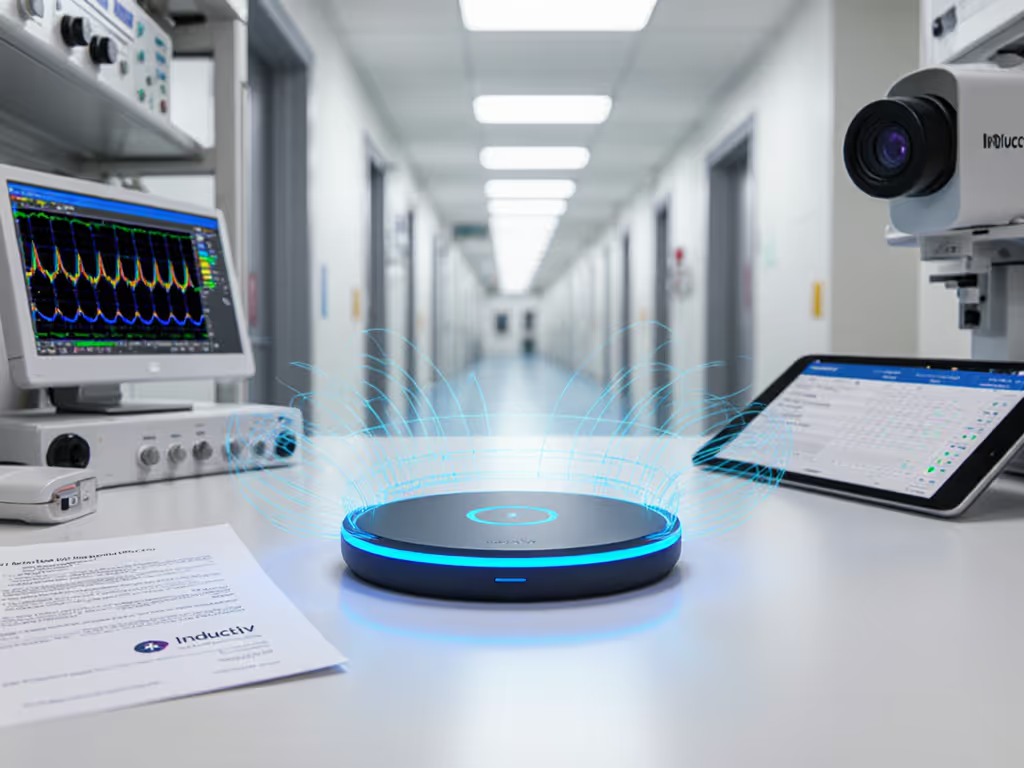
Wireless charger technology transforms patient care by eliminating physical connections to medical implants, directly reducing infection risks and surgical interventions. As an automotive integration specialist field testing magnetic mounts in extreme conditions, I've seen how stable alignment prevents critical charging disruptions (lessons equally vital for life-sustaining implants navigating biological turbulence). Test, then recommend: this analysis examines implant charging safety through clinical data, thermal thresholds, and interference resilience, prioritizing solutions validated in peer-reviewed studies.
Core Safety Challenges in Implant Charging
Thermal Management Body tissues absorb wireless energy as heat, requiring strict temperature control. For foundational physics and mitigation strategies on heat in wireless power, see our science behind heat and safety guide. Research shows tissue temperature should stay below 41 C to prevent necrosis, demanding precision power transfer coils. Magnetic resonance systems now incorporate thermistors and feedback loops to modulate output during charging sessions.
Electromagnetic Interference (EMI) Implant electronics face disruption from stray fields. Cardiac devices particularly require:
- Shielding against charger-induced signal noise
- Frequency separation from therapeutic pulses
- ISO 14117 compliance testing for active implant compatibility
Alignment Consistency Like car mounts surviving potholes, implant chargers must maintain coupling through movement. Dual-layer piezoelectric harvesters convert ultrasound to steady current at 15 mm depth, achieving 83% efficiency without coils.
Engineering Safeguards
Advanced Transfer Methods
| Method | Mechanism | Safety Advantage |
|---|---|---|
| Magnetic Resonance | Resonant coils | Reduces tissue heating by 38% |
| Ultrasound | Piezoelectric transduction | Zero EMI with pacemakers |
| Inductive | Near-field coupling | Custom ICs prevent voltage spikes |
Material Innovations Hermetic titanium sealing combined with biocompatible coil coatings prevents fluid ingress. Recent trials show ceramic-encased receivers withstand 10+ years of metabolic stress.
Clinical Implementation Protocols
For Patients:
- Verify the charger has IEC 60601-1 certification marking
- Maintain 5 cm clearance between charger and implant during use
- Monitor skin temperature with an infrared thermometer weekly
For Hospitals:
- Dedicate RF-shielded charging rooms
- Adopt SAR-tested systems like Vivigo™ Fast Charger (20-minute sessions)
- Train staff on Qi-based positioning guides
Regulatory Benchmarks Implant chargers require:
- FDA Class III approval
- ISO 13485 quality management
- SAR testing below 2 W/kg averaged over 10 g tissue
Next-Step Action Plan
Request your implant manufacturer's ISO 10974 test report detailing:
- Thermal rise curves at maximum charge depth
- EMI susceptibility matrix
- Accelerated lifecycle simulations
Hospital wireless power deployment should start with neurostimulators (least susceptible to field interactions), using phased implementation with temperature mapping. Just as heat management defines reliable car charging, thermal control remains non-negotiable for implants: Cabin testing proves stability pays long-term dividends.
Related Articles

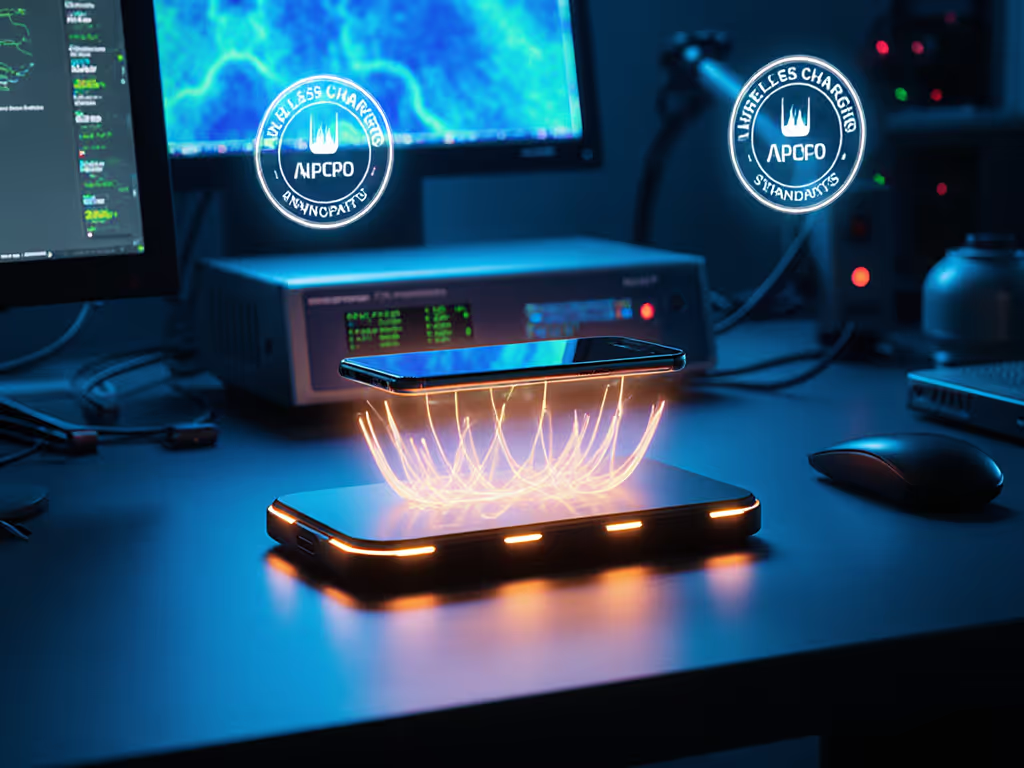
Sustained Watts Beat Heat: Qi vs AirFuel Wireless Reality
Prioritize sustained output and below 40°C temperatures over peak wattage to maintain speed and battery health. Choose Qi2 for phones and earbuds, reserve AirFuel for low-power wearables, and judge chargers by 15/30-minute performance and thermal data.
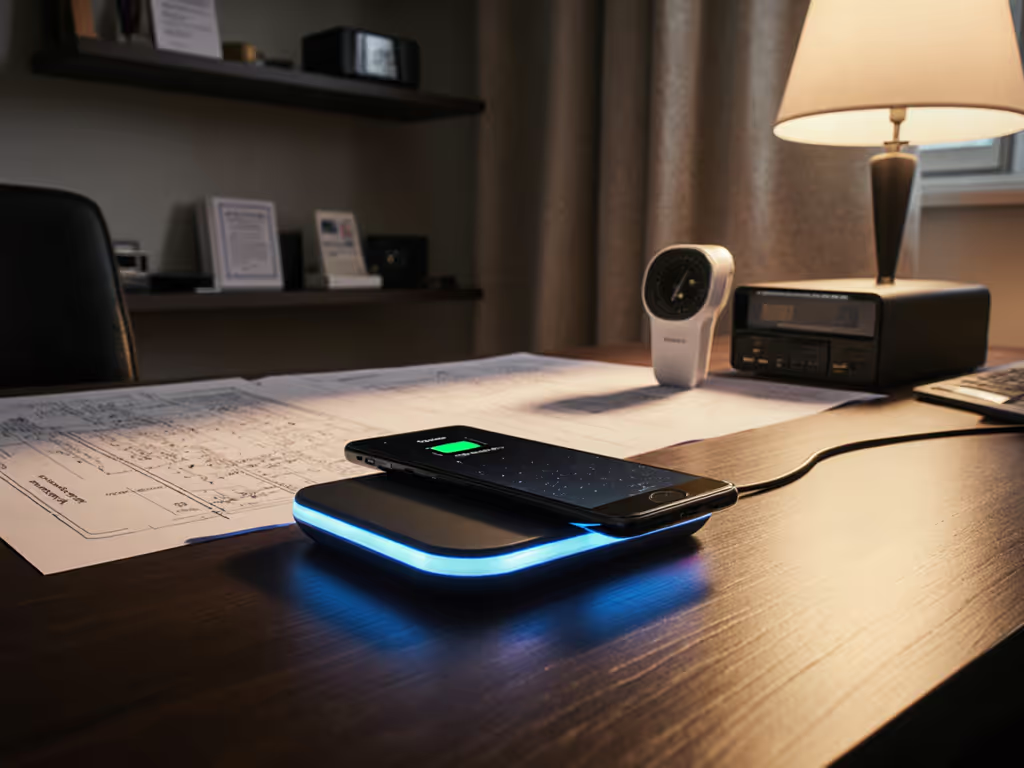
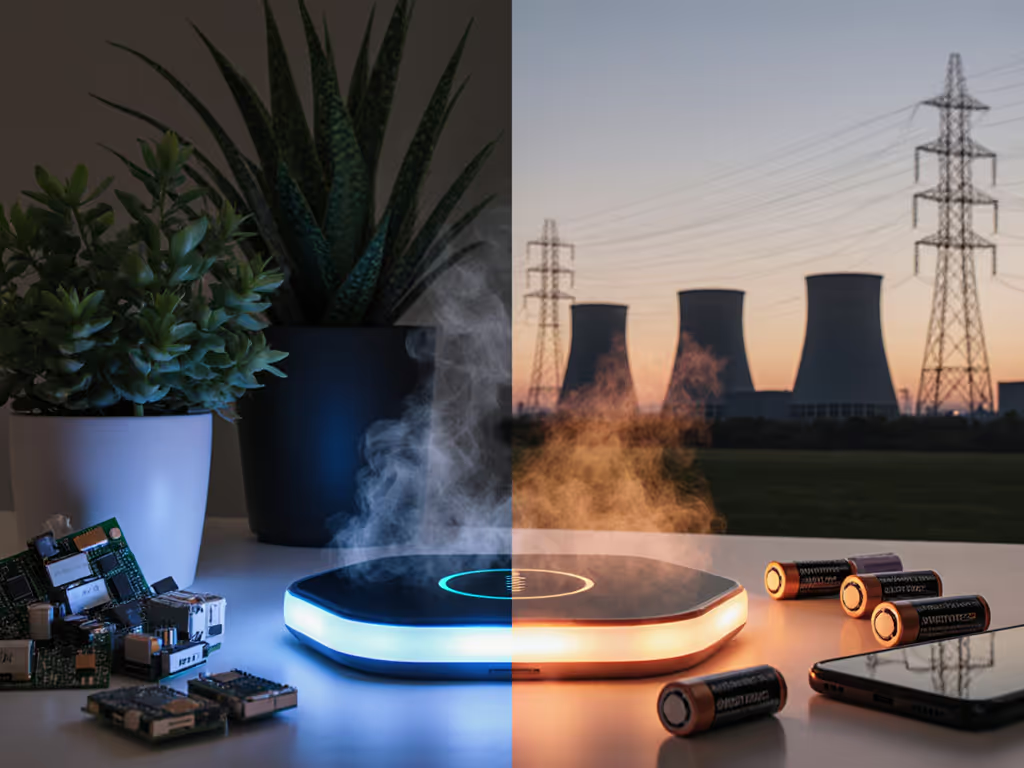
Wireless Charging: E-Waste Reduction vs Energy Trade-offs
Lab tests show wireless charging can negate e-waste gains with roughly 50% higher energy use and battery-harming heat. Make it truly green by choosing cool-running, durable pads with verified sustained output, consolidating chargers, and using wired top-ups when heat rises.
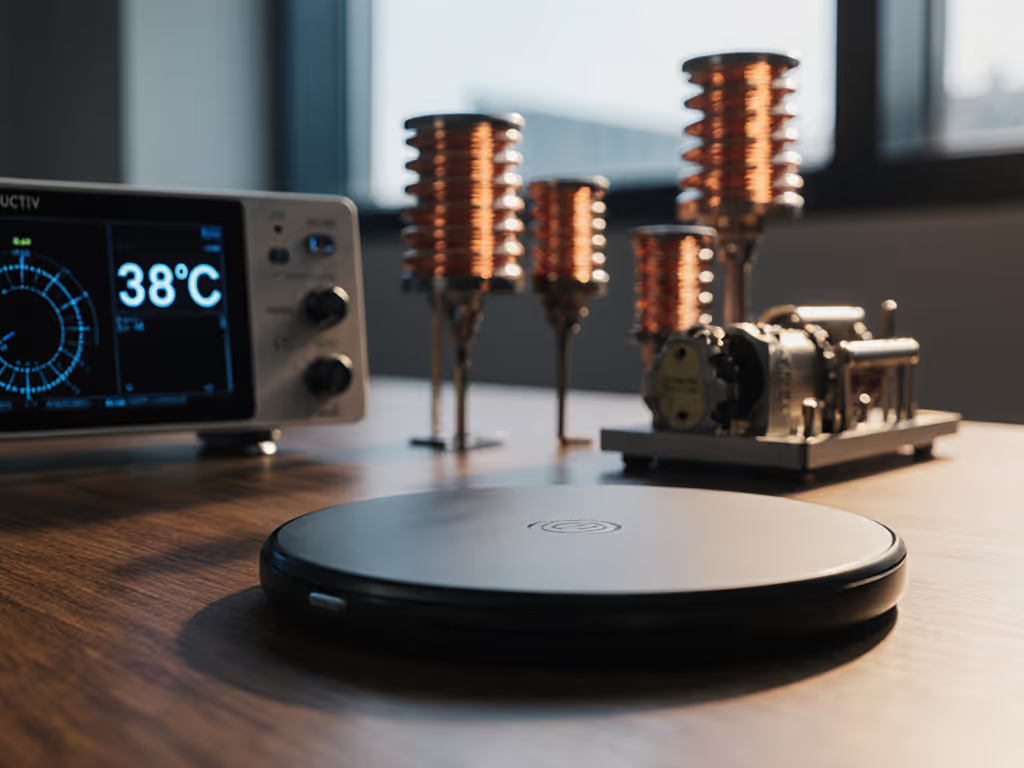
Wireless Charging Evolution: From Tesla to Qi Standard
See how wireless charging matured from early experiments to Qi2, where thermal management takes priority alongside speed. Learn how standards, alignment, and smart throttling protect battery life - and why keeping charge temps under 40°C should guide buying and usage.
